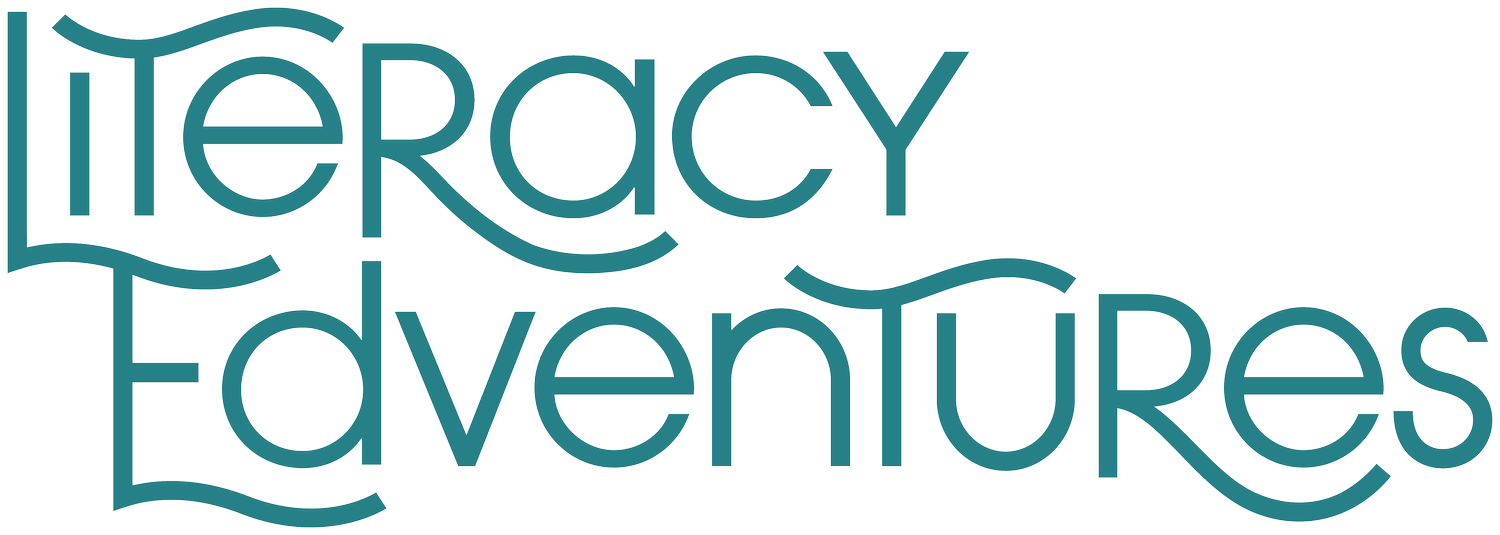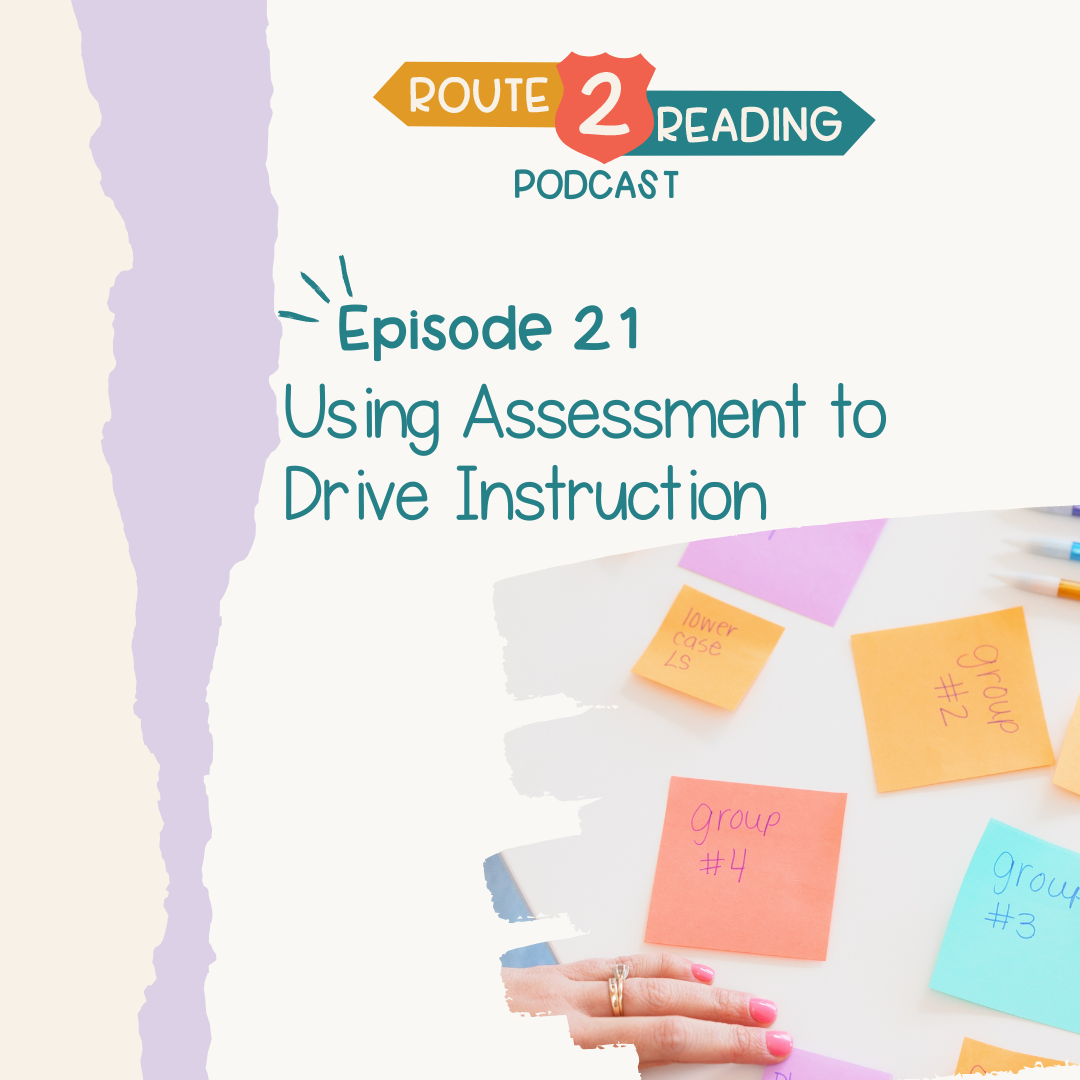Route2Reading Podcast
A podcast for teachers who are ready to learn what structured literacy is and the Science of Reading behind it. Join Amie to pinpoint where your readers are struggling and get the tools to help them.
Interview with Jake Daggett
In your opinion as it pertains to literacy, what do we do really well and what do we need a better understanding of?
We’ve done a fantastic job at getting the word out. You see so many shares on a reel and hundreds of likes, which really means that people are finding this advice useful. The word is out now that there’s a problem with how we’ve been teaching reading. When you curate your social media feed so that it’s an uplifting experience, you’re sharing with the world that it works for all students.
Interview with Wiley Blevins
A Podcast with Wiley Blevins
Author, travel-lover, and expert in all things literacy.
Comes from a history of grandparents who were illiterate - books were not a part of his everyday life. It was these limitations that encouraged him to perform well in school and learn to read.
When he began teaching, he didn’t know how to teach reading, so he had to do his own mini studies in his classroom.
Choosing and Using a Scope and Sequence
Phonics instruction, which teaches the relationship between sounds and letters, is a fundamental component of reading development. To ensure effective phonics instruction, teachers must follow a well-designed scope and sequence. When it comes to choosing or creating a phonics scope and sequence, there are many things we should consider.
Tips and Tricks for Mastering Blends
I don’t know about you, but teaching blends can be tricky. Blends (also known as consonant blends) are two or three consonant sounds that appear together in a word without any vowel sounds in between. These are words like flip, stop, strip, help, desk and spring.
Cracking the Code to Decoding
In today’s podcast, I had the pleasure of interviewing Dr. Julia Lindsey, author of Reading Above the Fray. Julia is a literacy expert and reading researcher. In this episode, she helps us bust some common myths about decodables.
Building Background Knowledge
Michelle Sullivan, a literacy coach in New Jersey talks with listeners all about background knowledge. She shares what it is, why it’s important, and five ways we can easily implement it in our classrooms.
From Letter Sounds to CVC
So how do we help students make the transition from letter-sound knowledge to CVC reading? The first thing we must do is ensure we are practicing phonemic awareness.
Success with Letter Sounds
Automaticity of letter names and sounds is important because letter-sound correspondences are the foundation to phonics and decoding. So the quicker they are, the faster they can decode. When we help students connect the letter and sound and help them both master and be automatic, we’re giving them a strong reading foundation.























